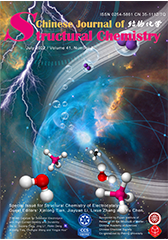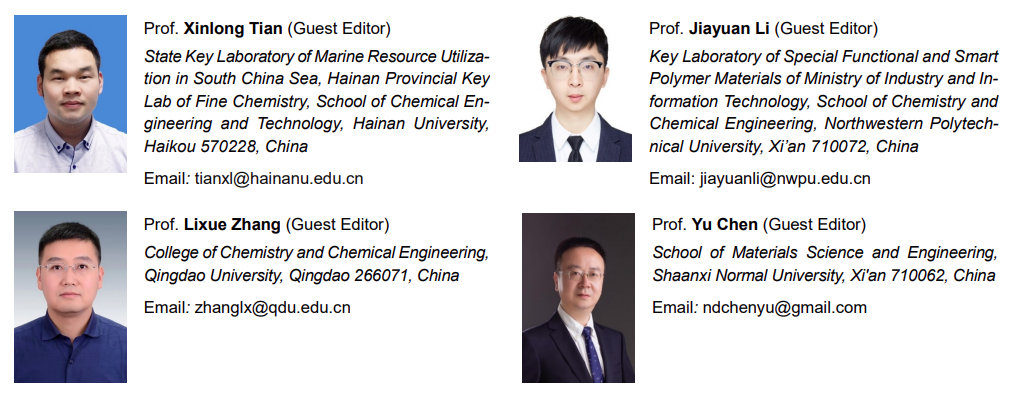
Cover Picture
P-Ni4Mo Catalyst for Seawater Electrolysis with High Current Density and Durability
Xinlong Tian*, Jiayuan Li*, Lixue Zhang* and Yu Chen*
Chin. J. Struct. Chem. 2022, 41, 2207001 DOI: 10.14102/j.cnki.0254-5861.2022-0160
July 18, 2022
electrocatalysis
ABSTRACT
Challenges are faced for rapid economic and social development including the global energy shortage, diversification in energy and chemical raw materials, and ecological environmental protection. The development of renewable energy has become a common concern for the current society. Energy relevant-catalysis reaction is the core of energy conversion and chemical processes, aiming to achieve high energy power sources, conversion of reaction feedstocks, and selectivity of target products under mild conditions. More than 85% of energy and chemical processes are closely related to catalysis reaction, that is, driven by highly effective catalysts. It is significant to establish the structural performance relationship by deciphering the atomic structure and electronic states of active sites, which provides new sights into the catalytic processes and promotes the development of novel catalyst materials. Therefore, as supported by Chinese Journal of Structural Chemistry, a special issue for the Structural Chemistry in Energy Relevant-Catalysis Reaction was organized by the Guest Editors.
We hope this special issue could provide the readers
with representative results with the development of novel catalysts, and
catalytic mechanisms for some important energy-relevant catalytic reactions. We
realized some significant contributions were not covered in this issue due to
some reasons, and sincere appreciation should also go to those authors. It is
No Doubt the content of this issue is not in the perfect state but will do
better for future issues, looking forward to our new contributions and seeing
the growth of this journal. We do hope that readers will enjoy the scope of
topics presented here and perhaps find inspiration to push their research to
the next stage.






